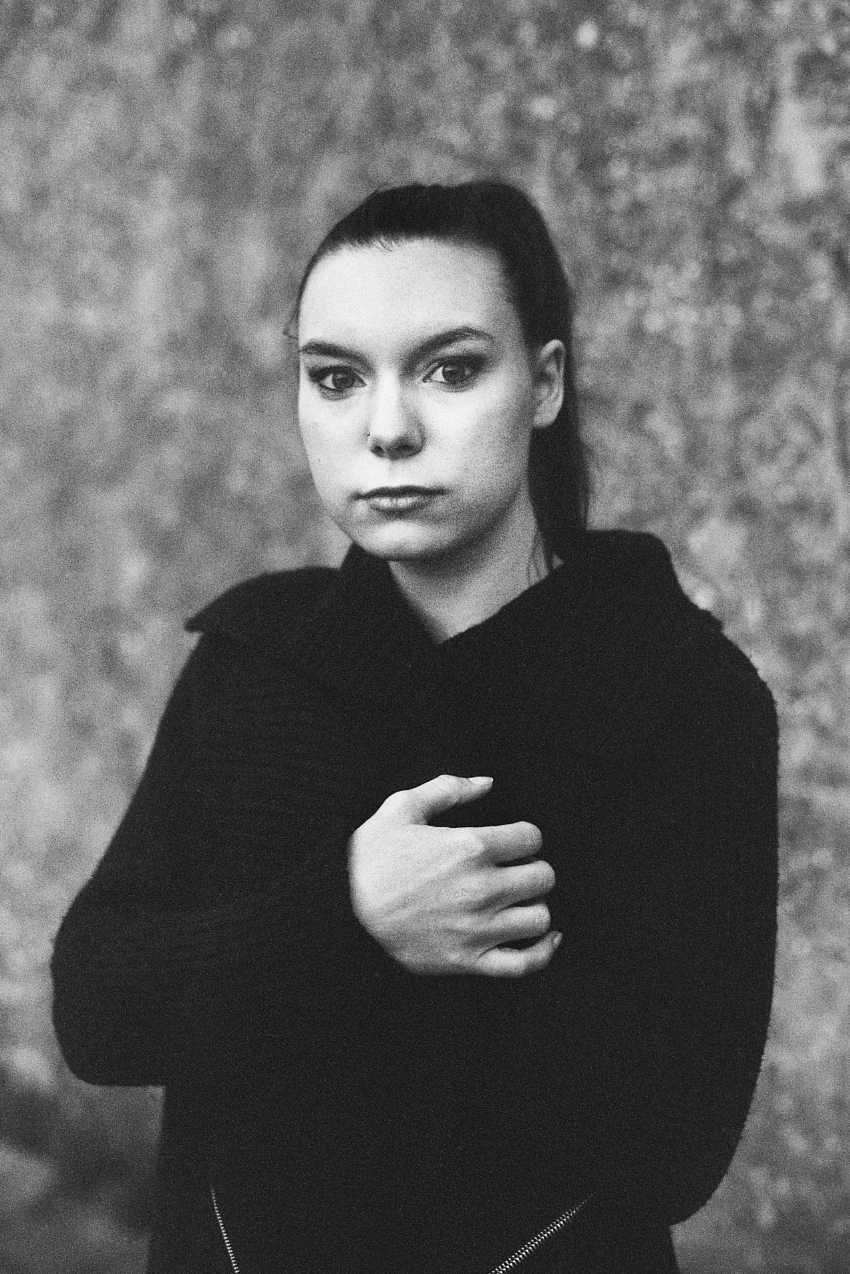05/10/24 - 26/01/25

Hongsuk Ahn. Till the humming sleeps
For this latest edition of the Galerie du Soir, we have chosen Hongsuk Ahn. Hongsuk Ahn is a young
Korean who recently graduated from the photography department at La Cambre. Born in Korea, he took his first steps in the artistic field at university. “I was practising photography and it was there that a professor, a graduate of Paris 8, advised me to continue my studies abroad.”
But it wasn’t until university that he became interested in photography. “Three or four years before, I had started taking photographs with a Hasselblad medium format camera. It was mainly landscapes and something I did purely for pleasure. Before that, I’d probably taken a few pictures with the little camera my father used.” Although photography began to play an important role in his life, it was the world of the arts in general that fascinated him. “I have a sister who studied painting in Korea. She graduated 5 years ago and is continuing her work in our country. For my part, I wanted to try my hand abroad, and more particularly in France. So I went to study fine art in Aix-en-Provence. It wasn’t a course devoted to photography but rather to the image in general, with a broad theoretical aspect. From there, I started to work in drawing while continuing with photography, but more for pleasure.”
The drawing work in question is by no means trivial, and continues not only to fascinate him, but also to occupy a large part of his time. In particular, he has embarked on a project that is as singular as it is impressive, consisting of reproducing in pencil the millions of pixels present in an image. Using a device he has developed himself, he reproduces each pixel one by one, with all its nuances of black and white. According to his calculations, this work will take him until 2030.
But it was in the photography department at La Cambre that he decided to pursue his career. “On the one hand, I wanted to move to a bigger city. On the other hand, by working on images in general, my desire for photography came back to me. I also needed people with whom I could discuss photography and images. I applied to Paris 8 and La Cambre. I was accepted on both sides, but in the end I preferred to go to La Cambre.”
He then embarked on a quest for images that would fuel both his thoughts and his imagination. “At the very beginning, there wasn’t really a theme. I went to Rio Tinto in Spain, a place that was the scene of the first environmental protests in the country. It’s the name of a river, a municipality, a quarry and even a football team. It’s all Rio Tinto... I went there as a tourist, with the aim of photographing things but not documenting a situation. And little by little, I found what I wanted to do.”
Since then, Hongsuk Ahn has been building up an archive made up of masses of images that he takes for pleasure. “Through his travels and observations of everyday life, my images gradually form an archive of visual material. This collection of images creates an ecosystem that reveals photographic research rooted in reality,”he explains. From this archive, he then creates sets, suites, from which a number of themes emerge. “For me, photography is a space that can lead me elsewhere. It allows me to imagine something else,” he explains. This is how he came up with the practice of “exquisite corpses”, in which each image is linked to the previous one by a detail, a shape or a motif.
“While exploring the relationship between man and nature, my practice involves a search for recurring motifs, colours and shapes that form a malleable structure,” he adds.”The editing process naturally reveals the workings of the images collected. Gradually, a quasi-statistical analysis reveals which scenes attract attention, which subjects captivate the mind, and which locations are often visited for the shot. In this way, certain subjects and orientations begin to take shape: ‘violence’, ‘nature’, ‘model’, ‘texture’, ‘environmental problems’, ‘life’, ‘death’, ‘urban space’, ‘architecture’, ‘colour’, ‘food chain’, ‘surfaces’, ‘abstraction’. Through the exploration of photographic language, I seek to question the structure and conditions of the work of the image.”
He works with images in the broadest sense of the term, since as well as photography, this resourceful young man continues to draw, but also turns to video and performance art as and when he feels the need.

